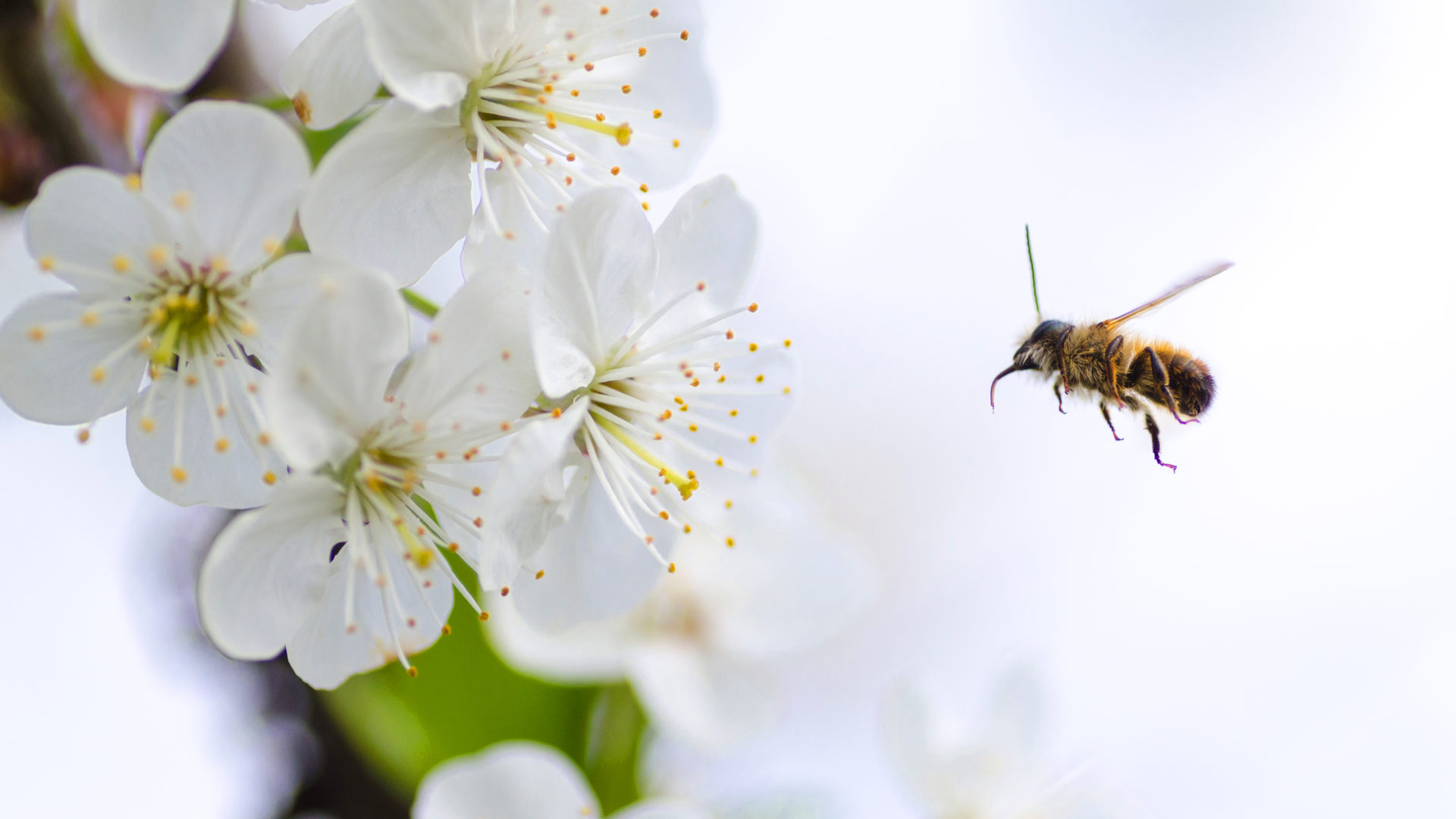The Bees are Disappearing.
Something strange is happening.
Every day, we see less and fewer bees roaming about. Beekeepers in the United States reported a total loss of 42.1 percent of their colonies in the past year alone.
The general term for this epidemic is Colony Collapse Disorder.
And yes, it is as scary as it sounds. Colony Collapse Disorder (CCD for short) is not the name for a single malicious threat, but rather a term that encapsulates all the factors that make it hard for bees to survive. The list of CCD causes range from mite infestations to invasive plant species, but perhaps the biggest threat to the existence of bees is us. Plain and simple. Every year we release approximately 1 billion pounds of pesticides into the air. Since we use neonicotinoids on our crops, bees are exposed to the deadly chemical on a daily basis. When a bee comes in contact with it, they become contaminated and bring the toxic chemical back into the hive. The hive then slowly dies. On top of that, construction and human expansion causes bee hives an unbelievable amount of stress.
Why Should We Care About the Bees in the First Place?
Us humans exist on top of a glorious, and fragile pillar we call the “food chain”. Bees are one of, if not, the most important link in the food chain. If they were to die out, crops and plants would stop reproducing, leading to the annihilation of agricultural diversity. Following this, herbivore species would starve to extinction, and with it, the carnivores as well. It wouldn’t take long for this chaos to reach us, the species standing on the top of a crumbling pillar. Food shortages would become more and more common, leaving millions with empty plates. Non-pollinating crops, however, will continue to thrive, reducing our once extravagant meals to a mixture of potatoes, corn, and rice.
Kurzgesagt does an amazing illustrating this problem:
Find out what we’re doing to help.

